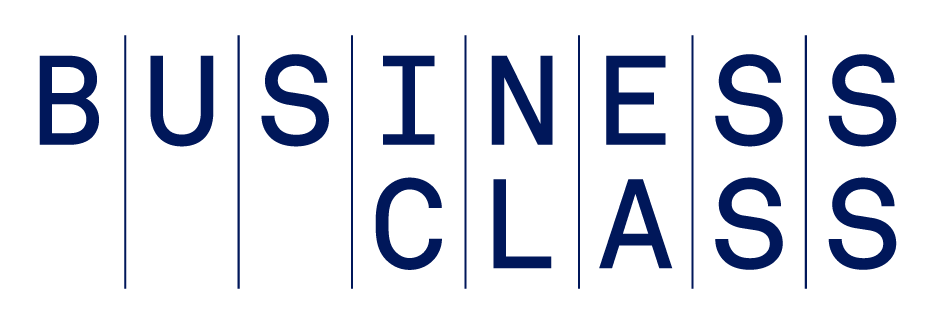More than anything else in their businesses, smart small-business owners stay on top of their cash flow, monitoring their statements monthly or even weekly. These critical numbers tell you just how much is coming in and how much is going out of your business.
Making more than you’re spending? It’s all good. Cash flow regularly edging into the red? Not so good.
Managing your company's financial statements is key. If you've been less than diligent about monitoring your money, try these 10 tips to help you better manage your cash flow.
Staying on top of your cash flow is key to business success. [...] All it takes are a few smart moves to keep your company's cash flowing.
1. Make monitoring easy.
Online accounting software makes it simple to reconcile your accounts, generate reports, and more. Because your information is secure in the cloud, you can easily stay on top of your cash flow wherever you are.
2. Reduce costs.
Review your business's recurring monthly, quarterly, and annual expenses. Where can you cut back on utilities, rent, or payroll? Are you spending money on subscriptions or services you’re not using or insurance you no longer need? Can you renegotiate the terms of outstanding loans or leases?
3. Cash in on assets.
Do you have equipment you no longer use or inventory that’s becoming obsolete? Consider selling it to generate cash.
4. Get a business line of credit before you need one.
A business line of credit is a good insurance policy to help avoid cash-flow problems. You may be able to use a percentage of your accounts receivable or inventory as collateral to get a line of credit.
5. Lease equipment.
By leasing vehicles, computers, and other business equipment, you can access the latest features and avoid tying up cash. You can still expense the lease costs on your business's taxes.
6. Stay on top of invoicing.
Send invoices when work is completed or products are delivered. Find out the specific person, job title, and address to send your invoices to so they don’t get lost. Make your invoices straightforward and easy to read, clearly indicating the due date, amount due, where to send payment, and accepted payment methods.
7. Get paid faster using mobile payment solutions.
If you sell products or provide services at customers’ homes or offices, get paid on the spot with mobile payment apps. This creates a smooth process so you can get paid quicker.
8. Offer incentives to speed up payments.
Consider offering your customers incentives, such as a percentage off the total, for early payments. Do the math beforehand to ensure the deal is worthwhile for your business.
9. Ask for deposits or partial payments.
You may be able to do this for large orders or long-term contracts. For example, a building contractor or website developer might charge a 10 percent deposit upfront before beginning to draw up plans for the project, half the remaining amount when work begins, and the balance upon completion. That way, the company generates enough cash for the materials and workers needed for the job.
10. Use business credit cards to cushion your cash flow.
Look for cards with rewards such as points you can use toward travel or business purchases. In addition to providing a cushion for lean times, business credit cards also categorize your purchases, so it’s easier to track expenses.
Key Tips to Remember
- Take a close look at your spending and see where you can cut back.
- Keep some cash in reserve so you’re never caught short.
- Invest in accounting software to automate bookkeeping and invoicing tasks.
- Use a line of credit or business credit card for short-term cash needs.
The Takeaway
Staying on top of your cash flow is key to business success. Don't let cash-flow missteps put you in a money crunch. All it takes are a few smart moves to keep your company's cash flowing.
A version of this article was originally published on June 11, 2014.
Photo: Getty Images







